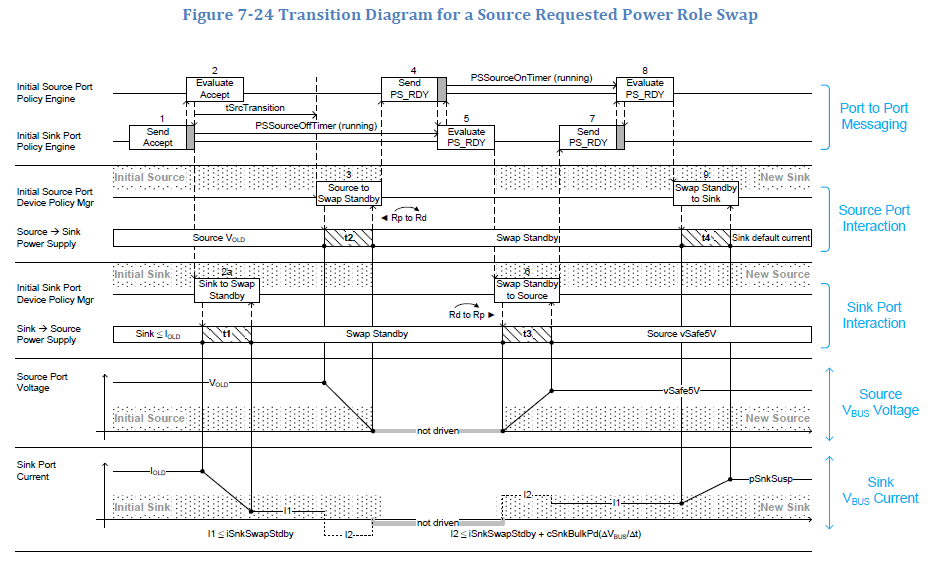Not sure if this is the right forum to post, but I have a customer considering some TI devices related to a USB-C project they are working on.
He had some general questions regarding USB-C protocol / implementation, and I was hoping somebody would be able to help provide some insight on these...
The basic flow the engineer has in mind related to working with USB-C is as follows:
- A USB Type-C cable is connected
- The CC pins are used to detect connection/direction
- Based on the state of the CC pins,
the controller communicates with the plugged-in USB-C device and E-Marker chip. - Then decides the power/current/direction
- Power is supplied from the source to the sink (this is when voltage is actually applied to Vbus)
- Opens up communication lines to start talking between devices
If something caused 1~3 above to have issues, neither power delivery or communication would occur?
If something caused 1~4 above to have issues, power delivery would occur, but not communication?
This was the first time I heard USB-C cables can have an E-Marker chip inside them…and I have been trying to research this, but was hoping somebody more experienced could give their thoughts on the above flow.
Regards,
Darren


